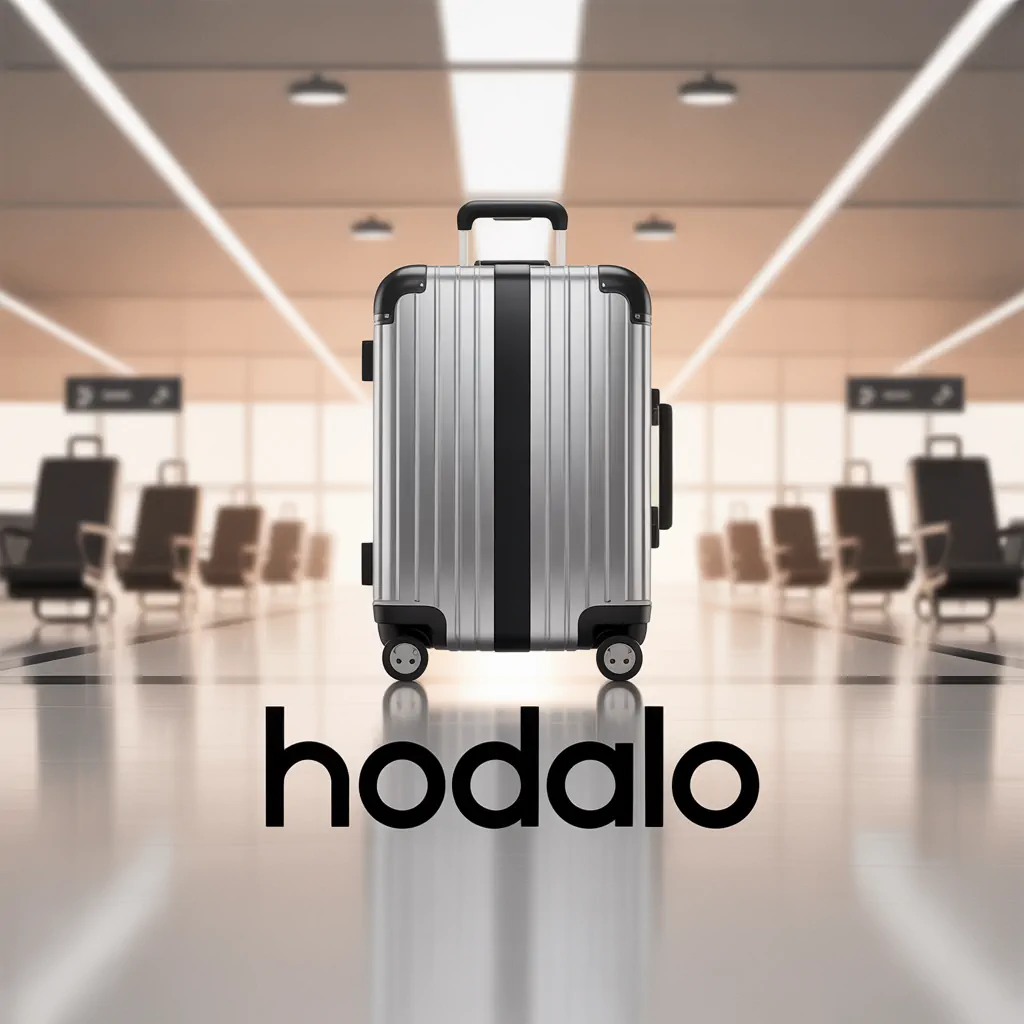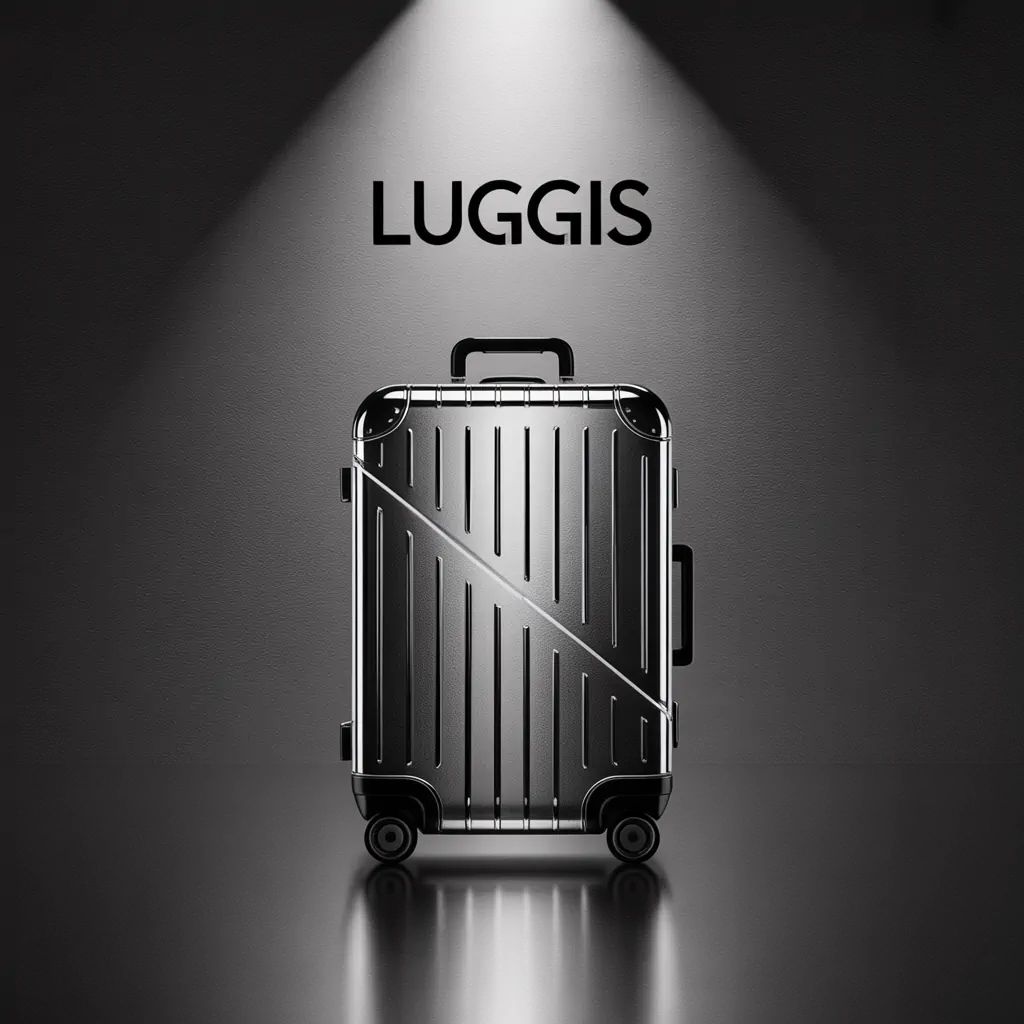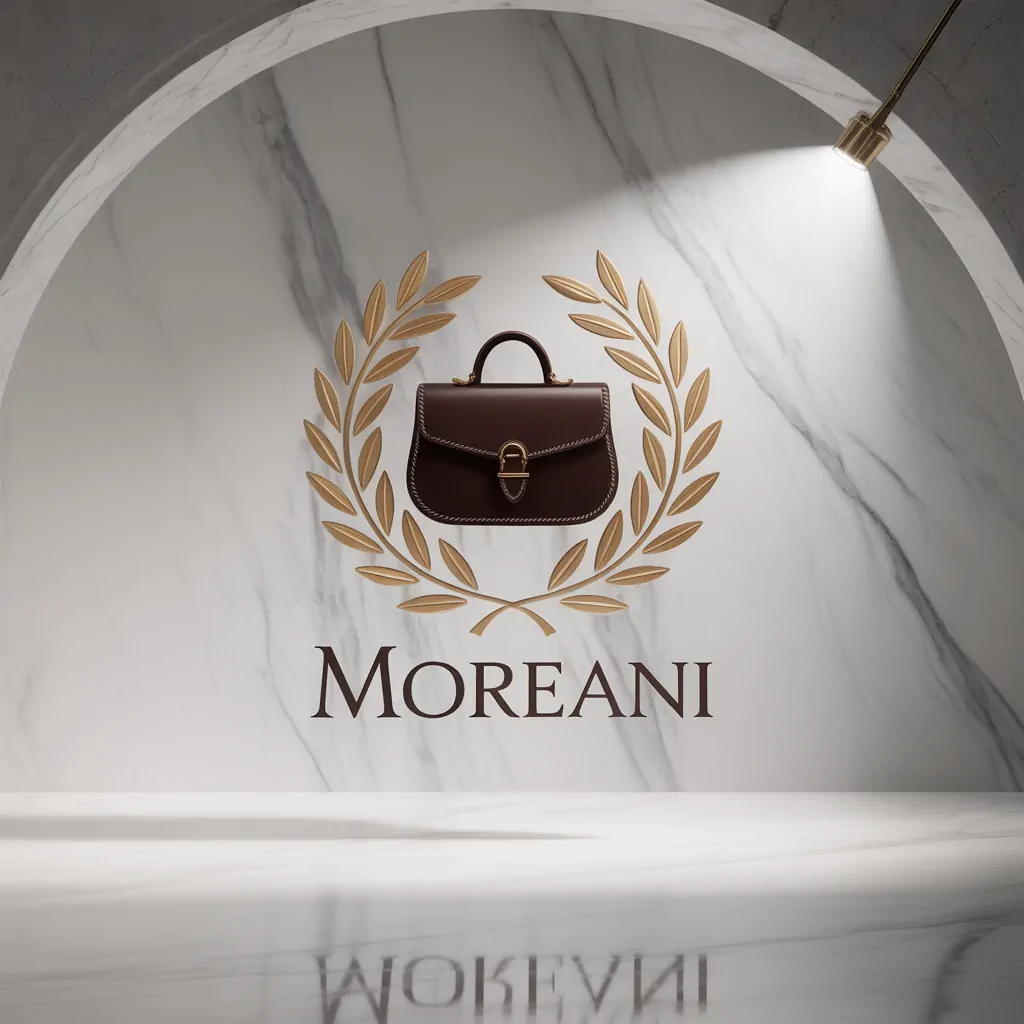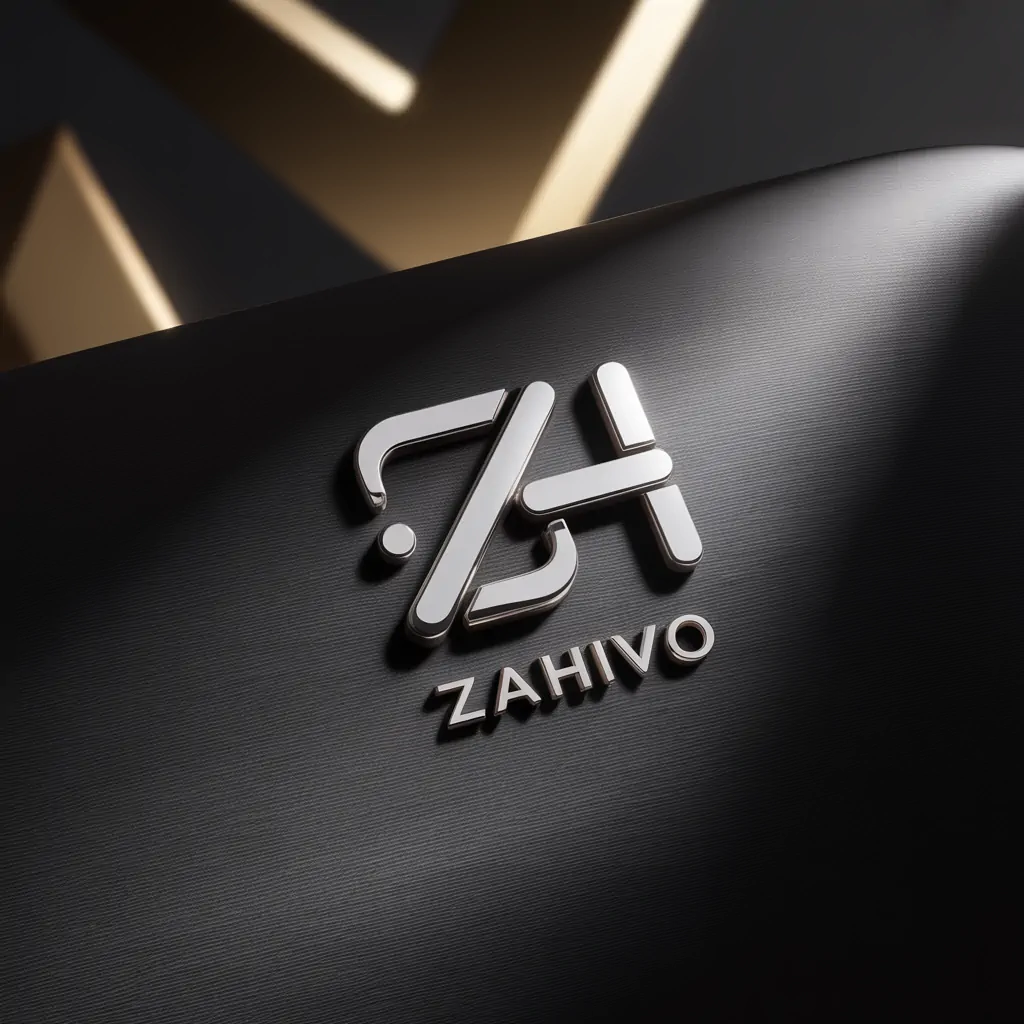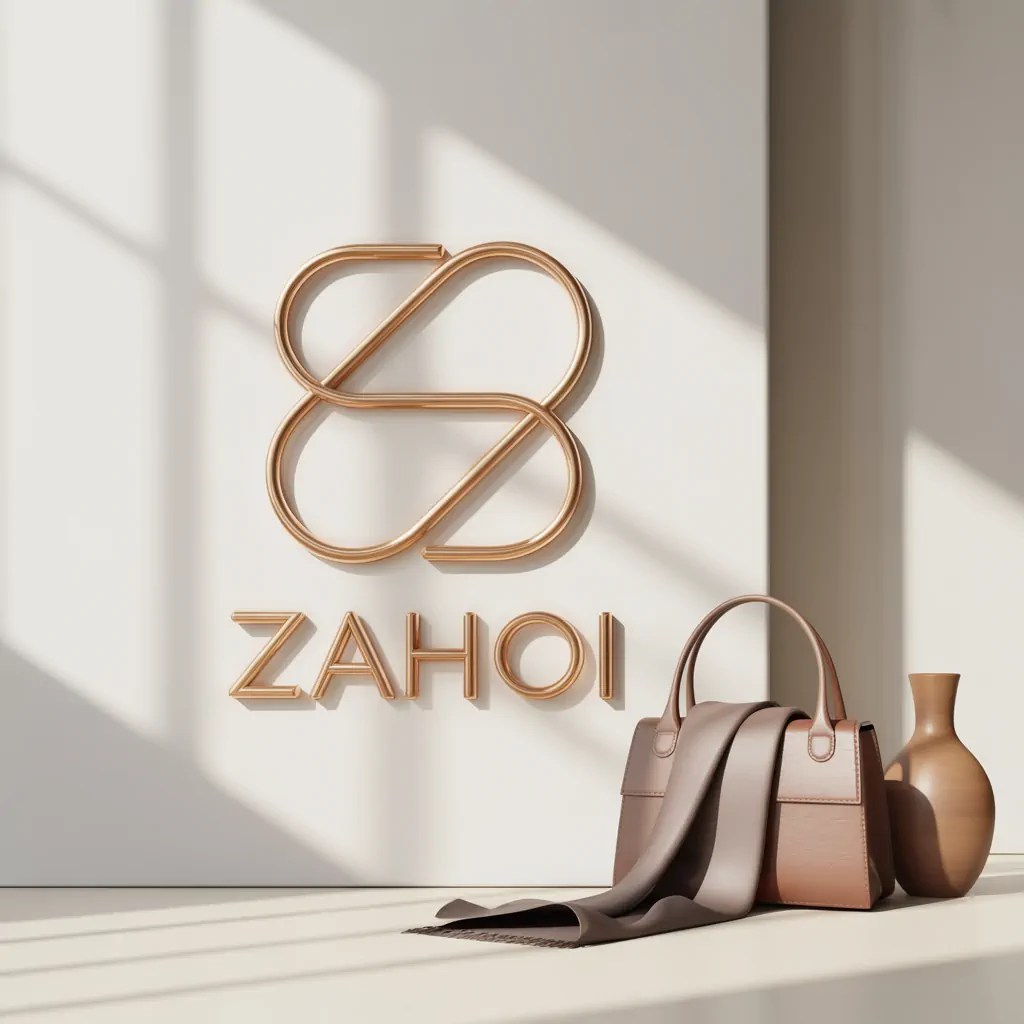Bags
Browse premium domain names carefully selected for your industry.
A good domain tells your story first. Choosing one for bags suggests trust, quickness, and chicness. With a catchy .com, you look like a leader, making it easy for folks to know you. Short names also make everything from online branding to ads smoother. They help customers remember and type your site easily.
Studies by Nielsen Norman Group show short names catch eyes better. A catchy domain for bags makes more people visit your site directly. It also makes your ads stand out. And, in searches, a simple name gets more clicks. It eases the brain's work and boosts results if you highlight benefits.
In busy markets like travel or eco-friendly goods, being unique is key. The right name for bags allows growth into new items seamlessly. Choosing wisely means you can tell your story your way. It also shows you’re about quality to everyone.
This guide helps you match your vibe with a solid name. It shows how to pick names that are easy to remember. It talks about finding a balance in your name, and checking if it looks, sounds, and feels right. You’ll end up with a clear list of names to possibly choose from.
Check out Brandtune for domains perfect for the bags world. Grab a catchy .com that fits everywhere. From your product boxes to shout-outs on social media. Start looking at Brandtune.com.
Why a Brandable Short .com Name Elevates a Bags Business
Your bags brand shines with a short, clear name. It shows confidence and keeps things simple. A short .com name helps customers remember you easily. It also builds trust, which is good for online shopping.
Instant memorability and word-of-mouth potential
Short names are simple to remember and share. They make it easier for people to talk about your brand. This can increase your visitors without spending more money.
Short, pronounceable names that stick
Pronounceable names are easier to remember and less likely to be misheard. This means less frustration for customers. Everyone, from creators to shoppers, finds it easier to spread the word.
Trust signals and click-through impact in search results
The .com ending makes people trust a brand more. When they see a short .com name in search results, they're more likely to click. It stands out as reliable next to longer, confusing names.
How a concise .com supports advertising and packaging
Short domains help ads and packaging look better. They leave more room for important details and clean designs. With packaging, a terse wordmark looks neater and saves on materials.
Choose the Best Premium Domain Name for Bags Business
Your domain is like the face of your business. Make it as clear and smart as a good design. Look for a name that's unique and grows with you, one that puts your brand on the map.
Aligning domain tone with brand positioning: luxury, eco, street, or travel
Pick sounds that fit your style. Luxury names should be smooth, like the elegance of Hermès and Prada. Eco names need clean sounds that show you care about the planet.
Street brands should sound bold and sharp, just like Nike and Carhartt do. For travel, choose names that feel like movement, inspired by Samsonite and Rimowa.
Balancing brevity, clarity, and uniqueness
Keep it short but make sure it's clear. Avoid names that might confuse people. Look for names that are easy to remember but still stand out, like Coach or Tumi does.
Your name should be easy to spell and look good in print. A good name helps people remember your ads and find you easily.
Future-proofing for product line expansions
Pick a name that fits every product, from totes to luggage. Avoid words that limit you. Think ahead about new products and collaborations so your name can grow with your brand.
Consider how your name will cover future lines and editions. A great choice will cover all your bases and stay memorable in the market.
Testing readability, pronunciation, and radio test
Do quick tests: Say it out loud, spell it easily. Ask someone to write it as they hear it. This checks for confusing sounds or spelling that might not work on phones.
Make sure it's easy to type and sounds clear in a recording. If it works well in voice notes and podcasts, you've got a name that works everywhere.
Keyword Strategy for Bags Brands: Exact Match vs. Brandable
Your domain choice is key in how people find your bag brand. Decide between an exact match or a unique brand name. Think about category signals, initial visits, and the future of your SEO.
Pros and cons of partial keywords (bag, tote, pack, carry)
Domains with words like “bag” help people quickly understand what you sell. They make your brand easier to find when new. This can boost early clicks.
But, there are downsides. Such names may limit product range or weaken uniqueness. Check if adding “bag” helps or hurts your brand's memory and style.
When to prefer purely brandable over descriptive
Choosing between brandable or descriptive depends on your brand's direction. A brandable name feels high-end and works across products. It avoids mix-ups and builds loyal customers.
For high-design products, a simple brandable name looks better. Eventually, your brand's name becomes what people search for first.
Blends, compounds, and invented words that still signal category
Names that mix sounds or ideas can still reveal what you sell. Try blending action, fabric, or benefits into catchy, easy-to-say names. Make sure it's typo-proof and eye-catching.
Create new words that sound like they belong in your category. Pick sounds that imply strength, beauty, eco-friendliness, or usefulness. Stay open to future product lines.
Long-term SEO benefits of brand queries
As your brand gets known, branded searches increase. Unique names lead to direct searches and focused interest. This gives you wider online visibility and better customer acquisition.
Over time, a well-loved brand name beats an exact match domain. Being consistent online and in packaging helps people remember you, bringing them back for more.
Length, Phonetics, and Spelling Considerations
Your bag's brand needs a sharp, modern domain that's easy to share. Pick a short domain that looks good at first look. Focus on clear phonetics for effective voice ads, and make it easy to type to prevent search and checkout mistakes.
Ideal character counts for premium brandable domains
Aim for 5–9 characters to ensure balance and easy recall. Two syllables are best for a good rhythm. Go shorter only if it’s still clear and makes the brand easy to spell. A bit longer is okay if it's catchy, easy to spell, and without hyphens.
Vowel-consonant patterns that aid recall
Choose CVCV or CVCCV patterns for easy speech and quick memory. Use open vowels for a fashionable sound, and hard sounds like p, t, and k for strength. Adding s, l, and r brings softness yet keeps it strong. Make sure your brand sounds the same everywhere.
Avoiding double letters, hyphens, and confusing homophones
Avoid double letters to prevent typos. Don't use hyphens as they make sharing harder. Stay away from numbers and homophones that confuse in audio. These tips will keep your brand easy to spell, avoid hyphens, and make typing easier on phones.
Global pronunciation and typing simplicity
Pick names that are easy to pronounce worldwide and skip hard spellings that change by language. Check how they work on phone keyboards. Make sure your logo looks good in both small and large letters. This way, your domain stays short and is always easy to type.
Assessing Market Fit for Travel, Fashion, Eco, and Everyday Bags
Begin by identifying your target audience. Think about where they'll use these bags—maybe for travel, school, or daily outings. Travel bags must be dependable, offer smart storage, and easy access. Fashion bags focus on shape and color. With eco bags, it's all about the materials and their impact. Everyday bags? They need to be versatile and offer good value.
Before choosing your market, analyze it closely. Look at top brands like Tumi, Samsonite, and Away. Notice how names like Away stand out without extra words. Use this information to find gaps and define your brand better.
Consider your sales channels early on. Wholesale needs brands easy to remember, even in noisy places. For direct-to-consumer, names must stick in online spaces. Your name should be quick to read, easy to say, and catchy for both sales ways.
The price of your bags sends a message. High-end products do well with sleek, simple names. More affordable items suit lively, welcoming names. Your domain name should reflect your pricing and quality without limiting future products.
Think about your brand's future. Leave space for expanding your line. A name that adapts is key. It helps if you grow your range, whether it's in travel, fashion, eco, or everyday bags. Pair this with clear targeting and strategy for best results.
Evaluating Domain Signals: Visual, Verbal, and Semantic Cohesion
Your domain should be easy to remember and mean something specific. It's key to pick a name that looks good, sounds right, and makes sense. The name should fit well on a logo and grow with your business. Every detail must show that you care.
Visual symmetry and logo-readiness of letterforms
First, look at how balanced the letters are. Letters like A, H, M, T, V, and others make a strong base. They help your name look good on products and in ads.
Notice the empty spaces and the flow of the lines. Clear letters make your brand easy to read, even when small. This shows your brand is stable and well-made, all without words.
Sonic qualities: snap, softness, and pace
The way your name sounds matters a lot. The sounds of letters and length of vowels affect its feel. This helps people remember your brand.
Make sure your name's rhythm works everywhere. If it doesn't sound right, change it a bit. Sharp sounds help people remember your brand on social media.
Semantic resonance with durability, style, or sustainability
Pick words that fit what you're selling. Durability means tough and long-lasting. Style is about looks and design. Sustainability shows you care about the environment.
What your product is should guide your word choice. For example, backpacks need strong words. Handbags should sound fancy. Travel items should suggest ease and clarity. This helps introduce new products later.
Emotional cues that trigger premium perception
For a luxury feel, keep it simple and clear. Stay away from jokes or complicated words. Aim for a look and sound that feels confident and lasting.
Think about how your brand feels. The right spacing and sound can set the mood. Always check that your name still fits your brand as it grows.
SEO Foundations for a New Bags Brand Domain
Your domain gains trust when its content and structure align well. Create a site layout that supports ecommerce SEO from the get-go. Stick to H1 and H2 practices to show your site's aim. Make sure internal links are direct and relevant.
Building topical authority around bags, totes, backpacks, and accessories
Start with in-depth guides on materials like leather, recycled nylon, and canvas. Cover topics like the right carry-on size, how to choose a laptop bag, and product care tips. Group related articles to build knowledge areas, linking them to your products.
This method builds your site's topical authority. It also makes your main products more relevant.
Homepage naming conventions and H1-H2 alignment
Begin with a strong H1 that combines your brand with a catchy value statement. Use H2s to highlight key points, such as categories or benefits. This keeps your site's structure clear and helps SEO. It also makes browsing easier for users.
Creating branded anchor text and internal link pathways
Include branded anchor texts that link to your homepage and about section. For example, use terms like “leather tote collection” to direct visitors. This way of linking helps search engines understand your site better. It also shows how different pages are related.
Meta titles and descriptions that highlight brandable .com value
Create meta titles that mix your brand with terms people often search for. In your descriptions, mention the materials you use, product guarantees, and your design approach. A catchy .com name improves your click-rate. It also keeps your SEO focused and user-friendly.
Where to Find Premium Brandable Domains for Bags
Look at marketplaces that focus on fashion and retail domains. Find those with logo ideas and stories about the name. Make sure they are short, easy to say, and spell, and clean online.
First, make a small list of names. Then check if they are short, sound good, fit your brand, and look good visually. Try saying them out loud, type them on a phone, and see them on ads and tags.
This helps spot any issues early. It shows if the name works well on different platforms.
When you find a great name, act quickly. Good names go fast. Weigh the cost versus waiting. Find a marketplace that makes buying safe and quick, keeping your launch on track.
Ready to start? Look for domains perfect for various bag types. Go to Brandtune to find strong domain names for growth. Secure your choice and then start designing and planning your rollout.



